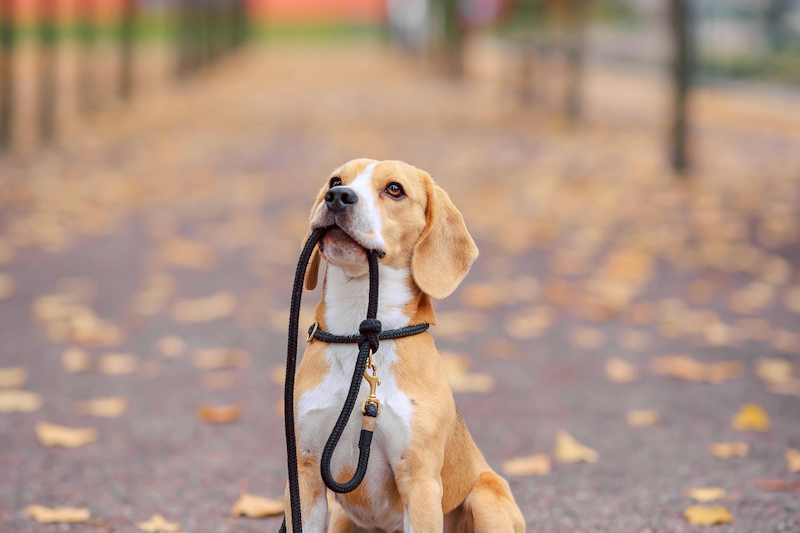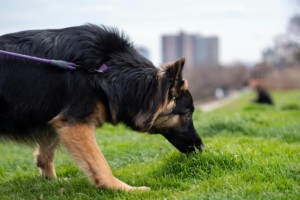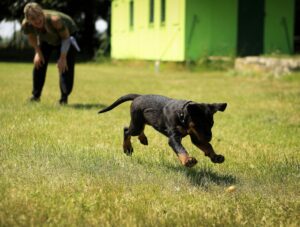Every dog is born with their own unique personality, but good dog training lays the foundation for a happy, well-behaved companion. Whether you have a brand-new puppy or an older rescue, understanding dog behaviour and using the right training techniques will help strengthen your bond and make life smoother for both of you. Here’s how to get started!
Understanding a Dogs Behaviour
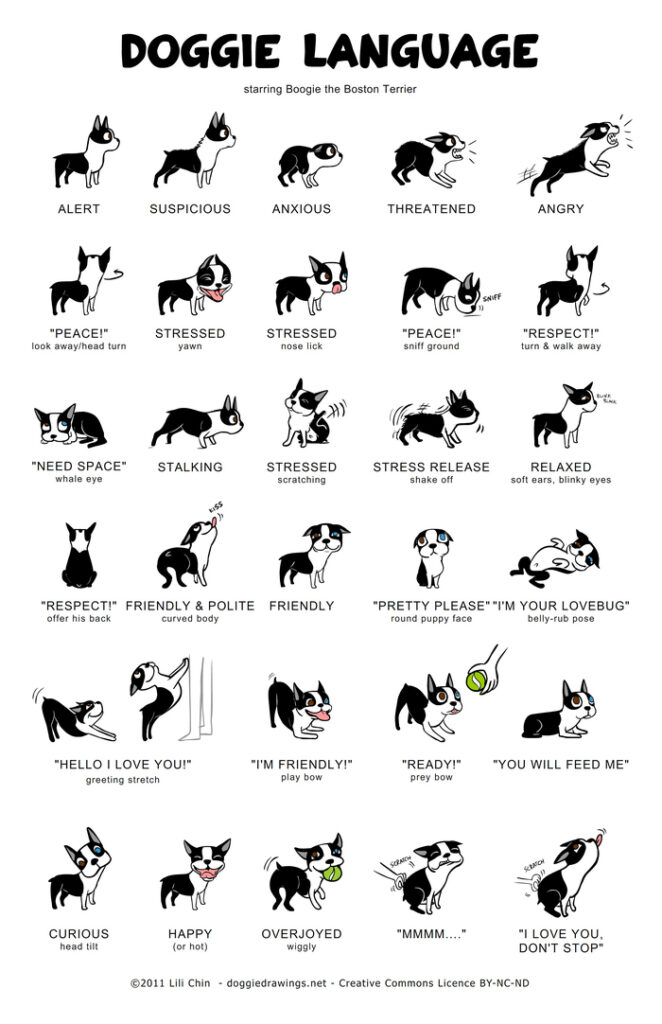
Dogs don’t misbehave to be naughty—they communicate through actions. Barking, chewing, digging, or even ignoring commands usually stems from instinct, boredom, anxiety, or a lack of proper training. Understanding why your pup does what they do is the key to correcting unwanted behaviours effectively.
The Golden Rule of Dog Training: Positive Reinforcement
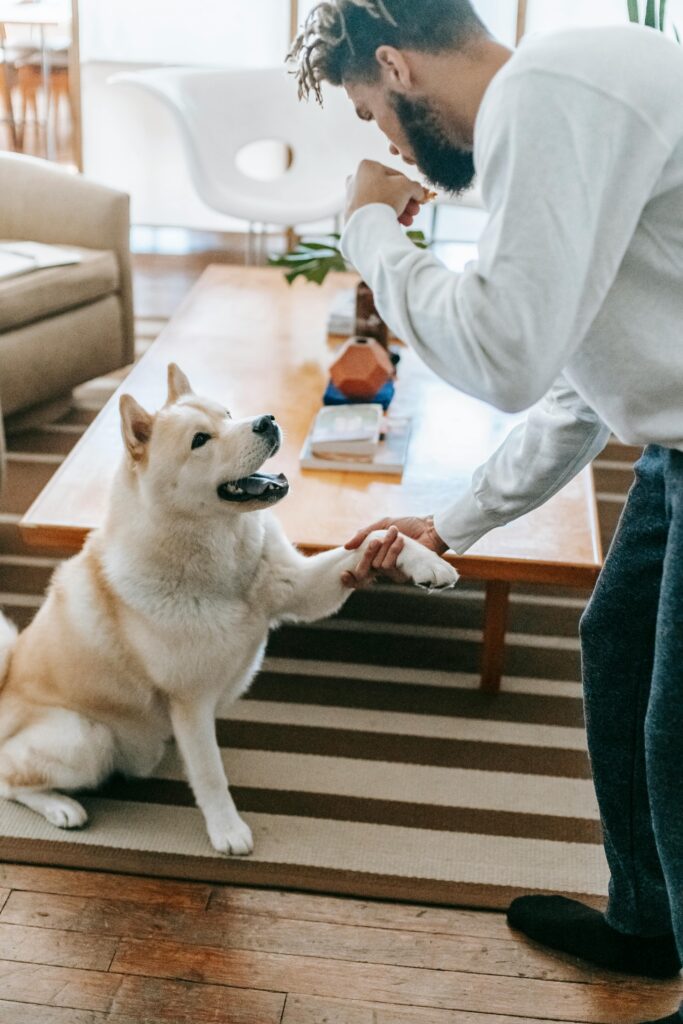
Reward-based training is the most effective and humane way to teach your dog. Never use punishing bad behaviour, focus on rewarding the good. Use:
- Treats – Small, tasty snacks for motivation. My pup absolutly loves these treats
- Praise – A happy “good boy/girl!” goes a long way.
- Toys – Playtime as a reward.
- Clicker Training – A clicker signals correct behaviour instantly.
Essential Commands Every Dog Should Know
Training takes patience, but teaching these basic commands will help your pup navigate the world safely and politely:
- Sit – The foundation of good manners.
- Stay – Helps with impulse control.
- Come – Essential for recall and safety.
- Leave it – Stops your pup from eating dangerous or unwanted items.
- Heel – Prevents pulling on walks.
House Training & Crate Training

Housebreaking a puppy (or an untrained adult dog) requires consistency.
- Take them outside frequently – Especially after eating, drinking, playing, or waking up.
- Use a designated potty spot – This reinforces habit.
- Praise & reward – Celebrate when they get it right!
Crate training gives your dog a safe, cozy retreat while also preventing destructive behaviour. To make it a positive experience, place the crate in a quiet spot and cover it with a blanket to create a den-like feel. Never use it for punishment—encourage your pup by rewarding them when they enter on their own. Some dogs even love when their owners briefly sit near or interact with them inside the crate, reinforcing it as a comforting space. A well-designed, comfortable crate with matress, like this one, can make all the difference in ensuring your pup feels secure and happy. Here is more useful informtion on crate training
Stopping Unwanted Behaviours
- Jumping Up – Turn away and ignore them until all four paws are on the ground, then reward.
- Chewing – Provide chew toys and redirect from inappropriate items. An Olive Wood Dog Chew proved to be a winner when my dog was going through the chewing stage.
- Excessive Barking – Identify the trigger (boredom, anxiety, excitement) and address it with exercise, training, or mental stimulation.
Socialisation: Raising a Confident Dog

Exposing your dog to new people, places, sounds, and other dogs early on helps prevent fear-based behaviours. Controlled introductions in a positive setting create a well-adjusted pup!
Training Tools & Aids
There are plenty of tools to help with training, such as:
- No-pull harnesses – Reduces pulling without choking.
- Long leads – Great for recall training in open spaces.
- Puzzle toys – Keeps their minds engaged and prevents boredom. This Snuffle Ball kept my boy busy but you can also easily make your own.
- Calming aids – For anxious dogs, try anxiety wraps, pheromone diffusers, or calming treats.
If you’re looking for expert guidance, here are some of the Best Dog Training Books around. These come highly recommended.
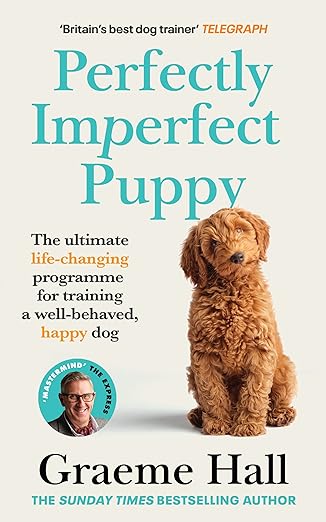
Perfectly Imperfect Puppy – Graeme Hall
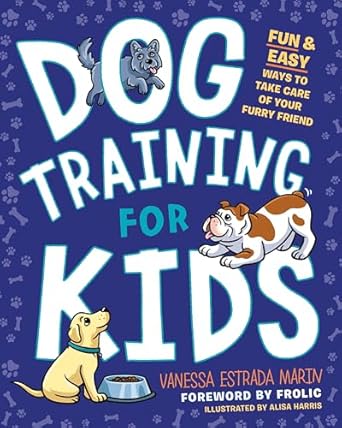
Dog Training for Kids: Fun and Easy Ways to Care for Your Furry Friend – Vanessa Estrada Marin and Alisa Harris
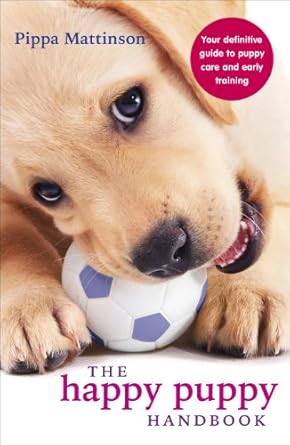
The Happy Puppy Handbook – Pippa Mattinson
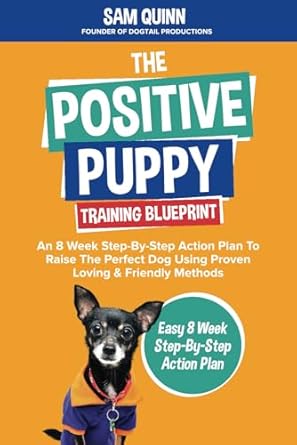
The Positive Puppy Training Blueprint: An 8 Week Step-By-Step Action Plan – by Sam Quinn
Consistency is Key
Training isn’t a one-time event—it’s a lifelong commitment. Stay patient, be consistent, and always end on a positive note. Since most dogs have an attention span of just a few minutes, short, fun sessions work best. Aim for 5-10 minute training bursts to keep them engaged, and remember, every dog learns at their own pace!
Final Thoughts
Training your dog isn’t just about obedience—it’s about building trust and communication. With the right techniques, patience, and plenty of rewards, you’ll have a happy, well-behaved companion who’s a joy to be around. 🐶🐾

